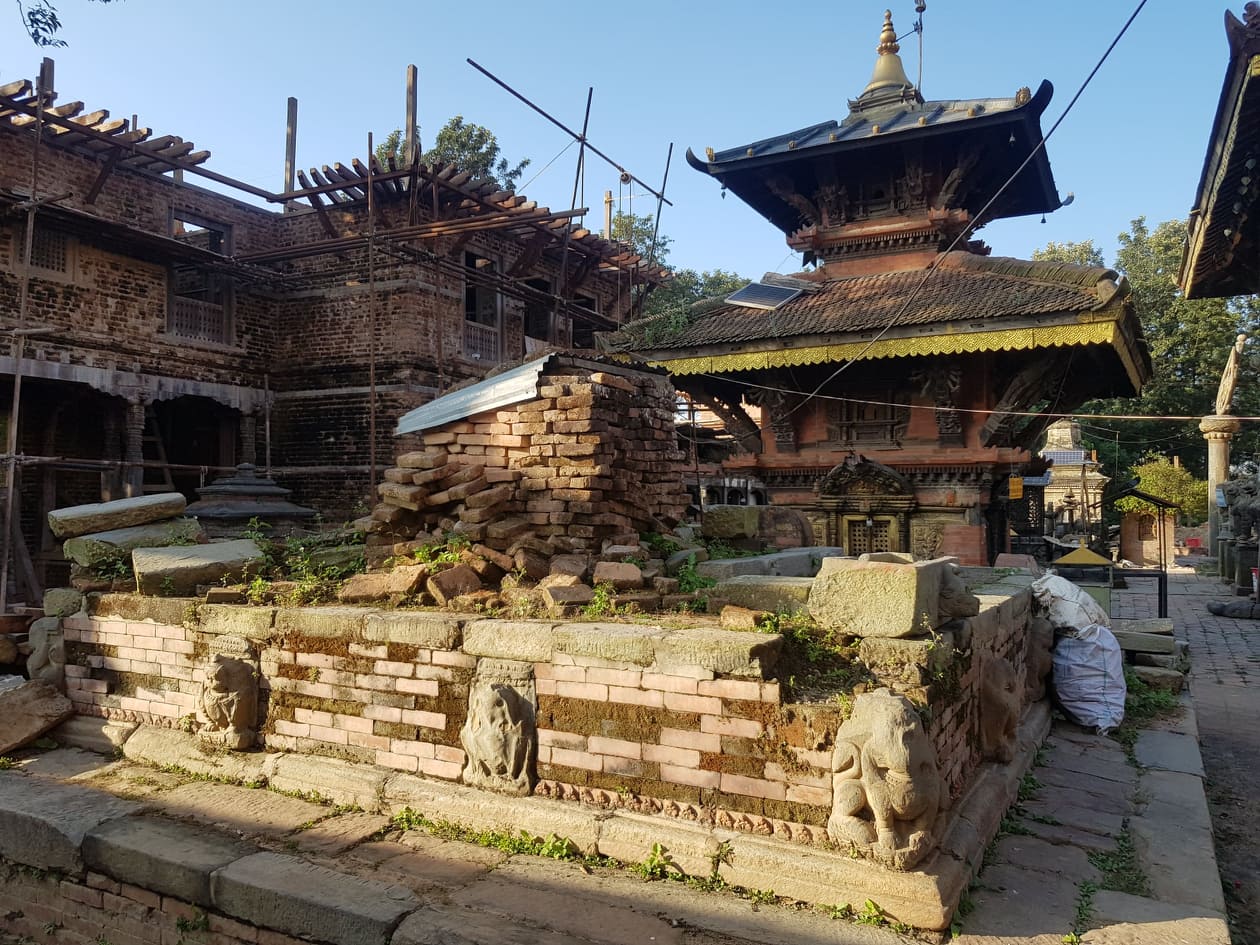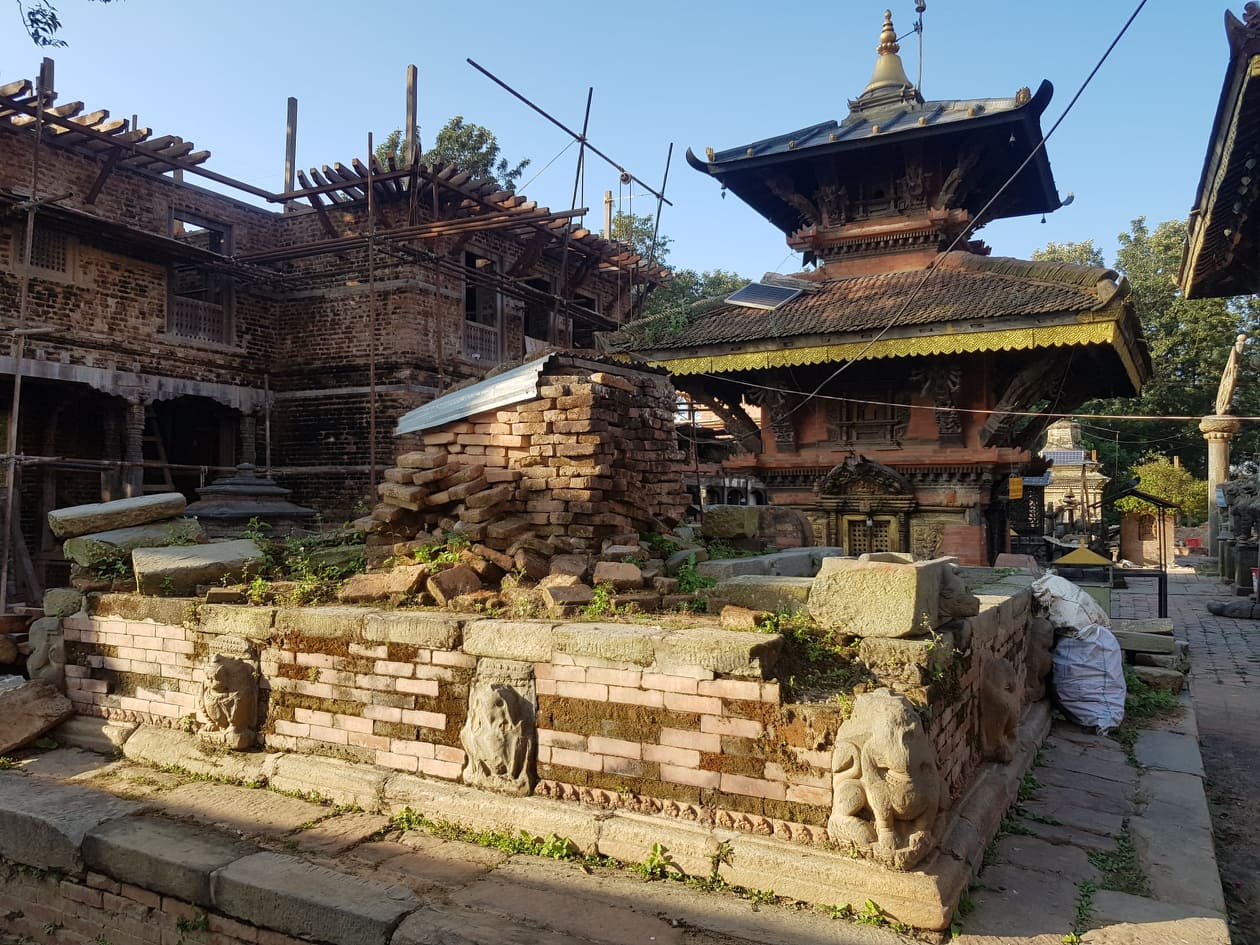Opinion: Conservation sensibilities
The 2015 Gorkha Earthquake precipitated the collapse of numerous monuments. There was extensive national and international press coverage on the devastation of heritage sites. This raised the profile of the culture sector in the post-disaster response and recovery planning. It was the first time for a large-scale disaster that the culture sector was considered in the Post Disaster Needs Assessment (PDNA). This meant that there was dedicated funding for the restoration and reconstruction of historical monuments and buildings. It has been six-and-a-half years since the earthquake, and now with the challenge of dealing with the COVID-19 pandemic, it might be the right opportunity to contemplate on what has become of our culture sector. This is being reviewed here based on the following questions.

Where does the value lie? There are a lot of aspects of culture that contradict changing perceptions of human and animal rights, which, therefore, need to be amended or possibly even discontinued. There are, however, many aspects of today’s society that have grown from its cultural roots. To understand society, its cultural roots, its heritage, needs to be accounted for and respected. Heritage can be defined as something from the past, that is of value, and worthy of preservation for future generations. The value lies in the monument, in the material, the shape, the craftsmanship, the stakeholders, the function, the related rituals and the beliefs, and its truthful and credible expression, its authenticity. Over the past years, a growing awareness of cultural values can be noted among the local communities, often leading to activism and even legal interventions to protect this value.
What are the basic principles to protect the heritage values? There are no clearly defined conservation rules, particularly because cultural heritage is so diverse. Wherever possible, the original must be retained. If any replacement is done, it must be similar to the original in material and workmanship, or for the intangible it is the intent. Should there be a need to introduce modern materials and technology, particularly to allow for original material to be retained, this would need to be justified. Such interventions must not be excessively intrusive and must be removable without further damage to the original. These principles have not always been considered acceptable. There are those who promote renewal as being the traditional approach, while others have adopted the mantra “to build back better” as justification for introducing modern engineering.
Since the earthquake, have we managed to protect our heritage? Natural disasters have had great impact on the cultural heritage of Nepal, and the response, particularly after the 1934 Great Nepal Bihar Earthquake was not exemplary. The response to the 2015 earthquake has, in many cases, taken the opportunity to not only restore the recent damage, but also rectify previous interventions which have been considered to be inappropriate. Controversially, heritage is being reinterpreted, improved, strengthened, creating something that is considered to be even better. Furthermore, many historic monuments are being reconstructed by lowest bidding contractors without any technical supervision. But, the greatest dilemma is the lack of support for the traditional artisans, who are the ones ensuring continuity of the building tradition and the bearers of the skills and knowledge of traditional technology.
So where do we stand with sensibilities towards conservation? Each rehabilitation project has its own story of successes and controversies, differing approaches and achievements. The stakeholders of tangible and intangible heritage, the various communities and the authorities, have undergoing dramatic change, particularly over the past few decades. This has deteriorated conservation sensibilities to a level that is threatening the duty of preserving our cultural heritage for future generations. What we need to ask ourselves is whether, in the future, we will be praised or cursed for our present rehabilitation work.
kai.weise@yahoo.com






